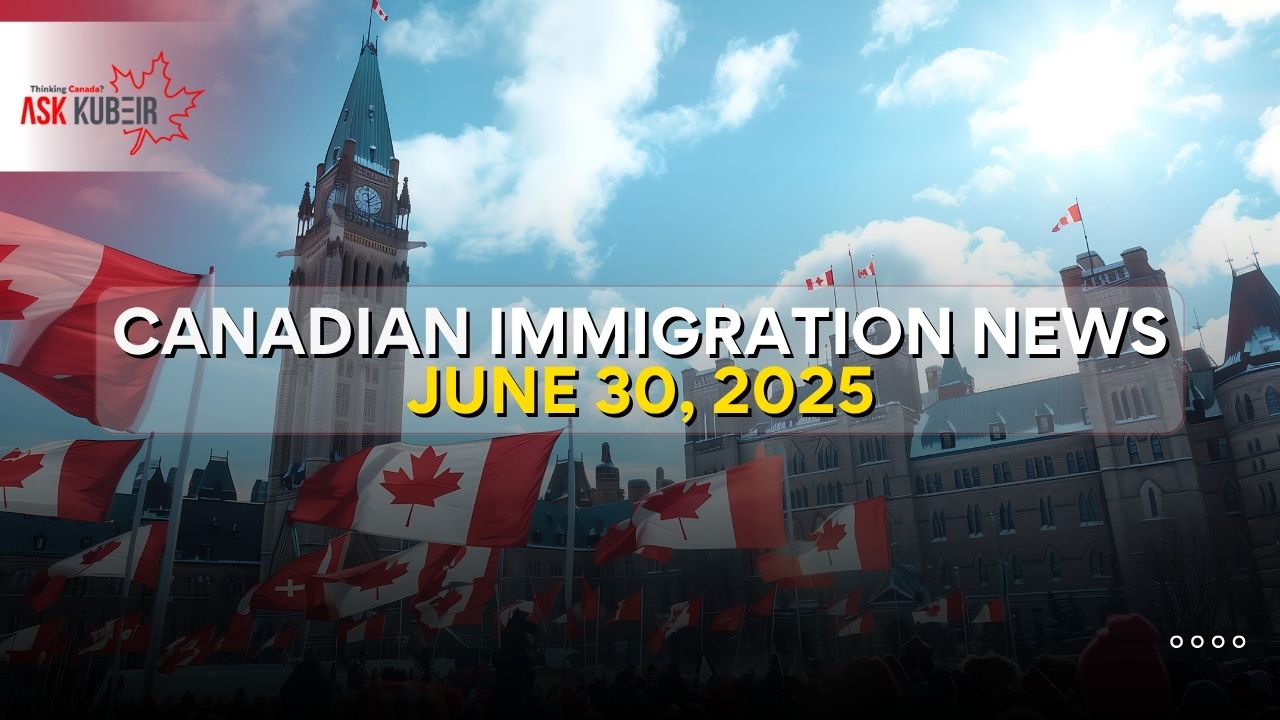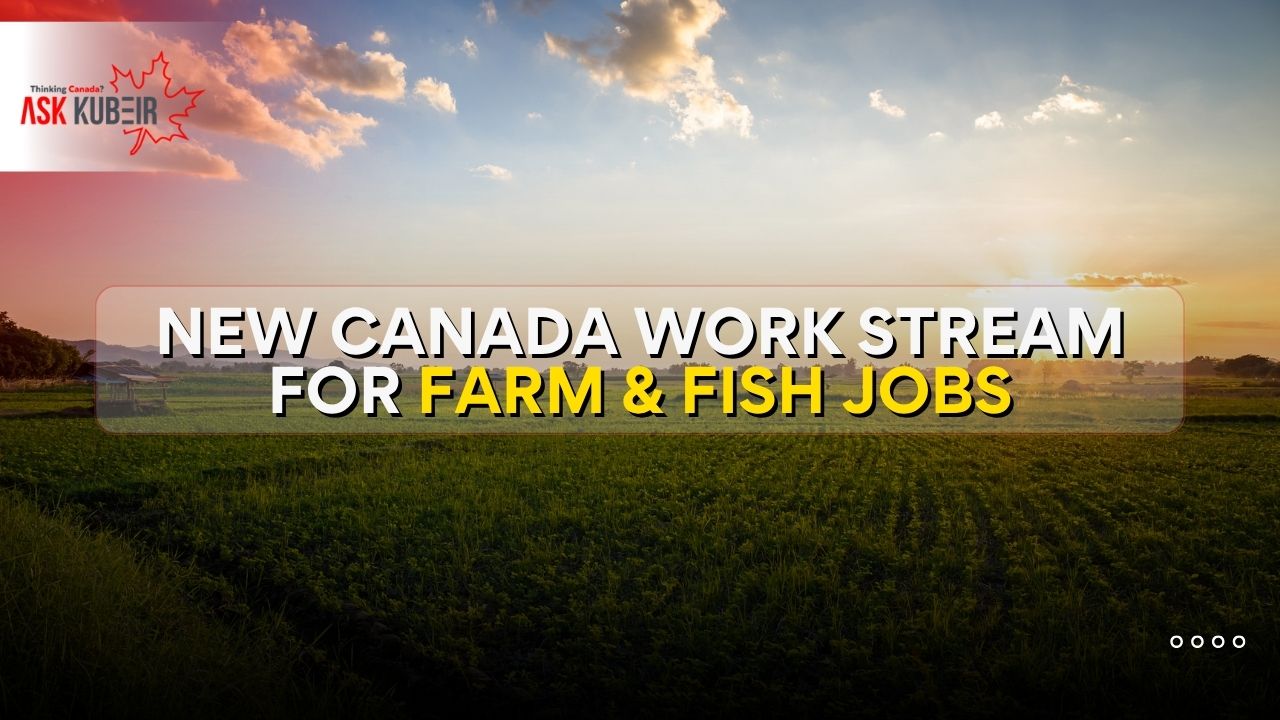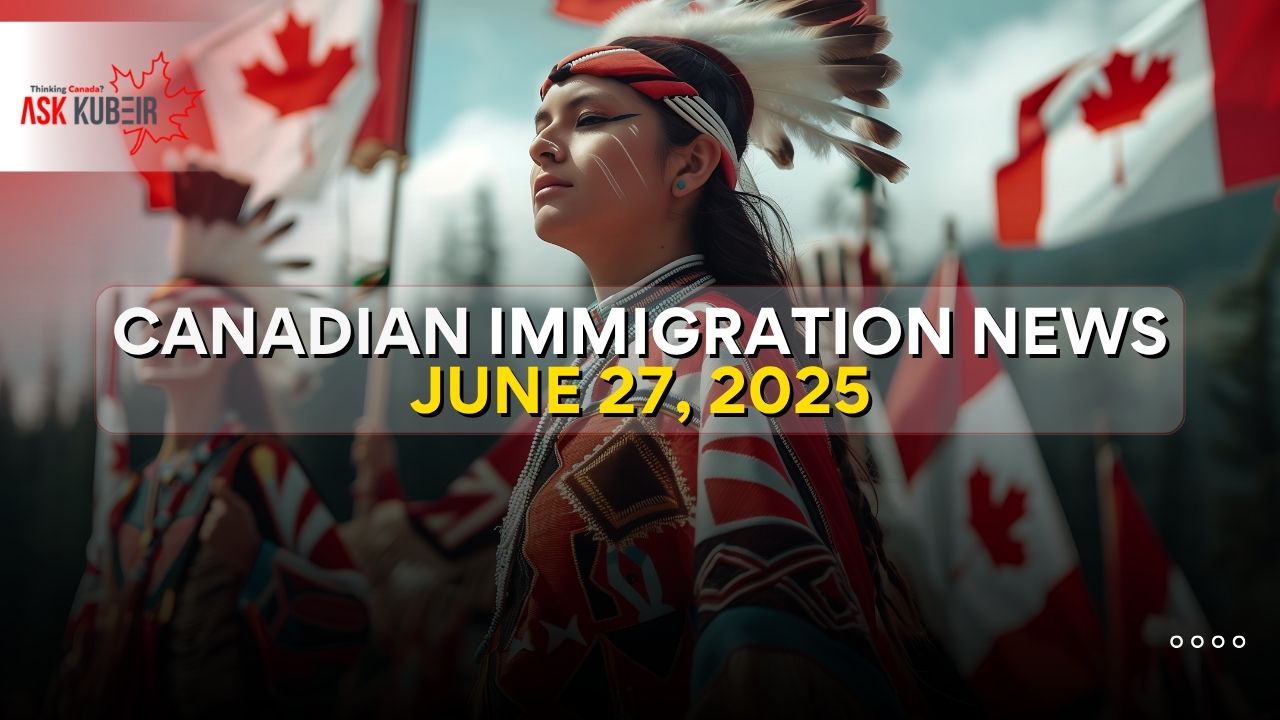
Related Post







Goods to Follow
#goodstofollow Goods To Follow – How to compile your paperwork….
While compiling this post, I have borrowed some of the below-mentioned details from some online forums and its possible a few of these may be outdated. Kindly refer to CBSA website for latest updates and if you notice something off, do let me know so that I can make necessary corrections. Where possible, I have mentioned the official links for review.
CBSA has 2 main forms for the purpose of goods to follow, which are referred to BSF186 and BSF186A
The links for these forms are here
https://www.cbsa-asfc.gc.ca/publications/forms-formulaires/bsf186-eng.html
https://www.cbsa-asfc.gc.ca/publications/forms-formulaires/bsf186a-eng.html
What can I bring?
Here is the Canada Border Services Agency’s web page (https://www.cbsa-asfc.gc.ca/travel-voyage/mrc-drc-eng.html) that explains the goods that new settlers are allowed to bring to Canada with them and which goods can be brought in free of duty and taxes.
If you really want to study the rules in detail, read Memorandum D2-2-1 concerning Settlers’ Effects – Tariff Item No. 9807.00.00. (https://www.cbsa-asfc.gc.ca/publications/dm-md/d2/d2-2-1-eng.pdf)
Procedure
Before you land
Before you land in Canada, you should prepare two lists (preferably typewritten but handwritten is fine, make sure its neat) of the possessions you intend to bring with you to Canada.
The lists should be:
a list of goods accompanying, that is, the goods that you will carry with you when you land
a list of the goods that will follow later
Please note that these need to be two separate lists.
When you land
Bring two copies of your list, one for the officer, and one for you. That is two copies of each list – two copies of goods accompanying, and two copies of goods to follow.
At your port of entry, you have to provide to the customs officer the list of the goods that you are bringing with you and your list of Goods To Follow. If you don’t have any goods with you when you land, you still have to provide your list of Goods To Follow.
Please note, you do not have to complete forms BSF186 or BSF186A before you land in Canada, but if you do prepare then its fine. Sometimes it’s better to have the list ready so that you don’t spend time waiting for the officer to do it or he/she may choose to not prepare this at all and just sign and stamp the tabular list you have prepared.
The customs officer will prepare these two forms on your behalf, based on the lists of goods you submit if you have not prepared it and if you request for it.
The officer will assign you a file number and give you a receipt.
The officer will stamp both copies of both of your lists of goods. He/she will keep one set of lists and return the other set of lists to you.
When you claim your goods
When your goods arrive in Canada, the moving company will notify you.
You will need to go to a customs depot with the Goods To Follow list that the customs officer had stamped when you landed at your port of entry.
The customs office will reconcile your copy of the Goods To Follow list with the one that they have on file, and they will release your goods free of duties and taxes.
Then, depending on the level of service for which you have paid, you can arrange for the moving company to deliver your goods to your residence, or you can go to the moving company’s warehouse and take delivery of your goods yourself.
If you do not have the time to go to the customs depot yourself, you can hire a customs broker to handle this for you.
How to complete forms
In the case of items that can be identified individually, e.g., electronic goods that have serial numbers, you are supposed to itemize brand name, model and serial number.
If you will be importing precious jewelry, provide detailed descriptions and preferably photographs and current valuations.
Beyond that, you do not have to complete the Goods To Follow forms in great detail.
Let’s suppose you have six boxes of books. You do not have to itemize each book and give its value. All you need to do is type “Books” and state a value for all of the books, collectively. (You could write “Books, 6 boxes” if you want, but specifying the number of boxes of a particular item is NOT required.) If you have a golf bag with golf clubs, there is no need to list the golf clubs individually. Just type “Golf bag and golf clubs” and provide a collective value. If you have a toolbox with a bunch of different tools in it, type “Toolbox with assorted tools” and again provide a collective value.
Please note that you do not have to list items in great detail. When you provide a collective value for clothes, you do not have to list your shirts, trousers, socks, underwear, etc. Similarly, if you provide a collective value for bed linen, you do not have to list pillowcases, single bed sheets, double bed sheets, etc. Again, in the case of bath linen, you do not have to list bath mats, bath towels, hand towels, and facecloths. In each of these cases, just provide a collective value for the category (Clothes, Linens, Utensils, Sports equipment, etc).
There are example lists in the Examples section of this article, below.
If you will be shipping only a few items of sentimental value (photographs and the like), don’t stress yourself over the monetary values to quote. After all, who’s to say what some photographs and a 20-year-old teddy bear are worth? Just suck some numbers out of the air. Guess high.
However, keep in mind that a copy of your Goods To Follow list can serve as the manifest that you lodge with your insurance company if you insure your goods during their passage to Canada.
If you are using your Goods To Follow list for insurance purposes, you’ll want to list replacement values rather than secondhand values. In the (admittedly unlikely) event that your shipment came to harm, you’d want your insurance company to compensate you for the replacement value of your belongings.
Any items that would be expensive to replace should not be lumped together with general things. For example, if you have rare books that would be difficult and expensive to replace, it would be much easier to prove that you had shipped such books if you had submitted a detailed, itemized list of those particular books with the insurance company. The same goes for expensive pieces of clothing, expensive linens, expensive sports equipment, etc.
Your list must list values in Canadian Dollars. You can use the market exchange rate at the time you are writing up your forms to get approximate values. You can get the exchange rate between British pounds and Canadian dollars at http://www.xe.com.
At a minimum, include a grand total of all goods at the end of the list. If you are grouping your list into categories, you can also subtotal each category.
If you bring your own list or the inventory list your relocation company provided, it is a good idea to have your name on each page, number the pages as “page x of y,” and leave some space for the customs stamp at the bottom of the page.
The form asks you to provide your Canadian address. If you do not yet have an address in Canada, you can use your shipper’s address.
You do not have to type the information.
It is okay to write the lists by hand.
But, if you write the lists by hand, you need to print neatly and legibly.
You do not have to list your belongings in detail.
It is absolutely fine to list GROUPS of possessions, such as linen, clothes, books, kitchen utensils, etc.
To see how to write the lists, please refer to the examples in the attached picture.
What to include in list
Once your Goods To Follow list has been stamped by a customs officer in Canada, you cannot add anything to it.
This is true even if your personal and household effects are shipped to Canada many months after you’ve had your Goods To Follow list stamped at a Canadian port of entry. So, if you are not sure if you will ship a certain item, say a bed, to Canada, it is prudent to include it in your Goods To Follow list — just in case you end up shipping it. There is no penalty for not shipping something that you previously included on your list. Recording an item on your Goods To Follow list gives you the right to ship it to Canada, duty-free, at any time in the future.
As long as your possessions have been recorded on your Goods To Follow list and that list has been stamped by Canada Border Services Agency at the time of your “landing” in Canada, you can ship those items to Canada duty-free in dribs and drabs. That is, you can split the possessions into different shipments, and you can stagger those shipments over as long a period of time as you choose.
Recent experience has shown that if you are bringing a pet then this should be included in the Goods to Follow list.
Examples
Your Goods To Follow list may include items like the following:
Books ………………………………………. $X,XXX
Kitchen utensils ……………………………… $XXX
Bath linen …………………………………. $XXX
Bed linen ………………………………….. $XXX
Clothes…………………………………… $XXX
Television (brand, model, serial number)….$XXX
Desktop computer (brand, model, serial number)….$XXX
Necklace with diamond pendant (description)…..$XXX
Wedding dress……………………………$XXX
Household ornaments and decorations……..$XXX
Assorted paintings………………..$XXX
Van Gogh Starry Night painting…………..$XXX (if you had an original painting that was valuable as opposed to replicas or prints or others that are not too valuable)
TOTAL GOODS TO FOLLOW …………………………. $XX,XXX
Your Goods Accompanying list may include:
1 suitcase ……………………………………………… $XXX
1 shoulder bag ………………………………………… $XXX
clothes in suitcase …………………………………… $X,XXX
1 laptop computer (brand, model, serial number) … $X,XXX
1 camera (brand, model, serial number) …………… $XXX
Engagement ring (description)…………………….$XXX
Women’s wedding band (description)……………….$XXX
Cell phone (brand, model, IMEI)………………$XXX
TOTAL GOODS ACCOMPANYING …………………….. $XX,XXX
Your actual lists probably will be longer. Your Goods To Follow list may run to several pages. The point of this example is just to demonstrate the level of detail that is required, both in terms of what things can be grouped into general buckets, and what things should be listed separately.
Time limit on Goods To Follow
There is no time limit on importing, free of duties and taxes, items that are on your Goods To Follow list.
As long as the items are listed on your Goods To Follow list, you can import them to Canada, free of duties and taxes, years or decades later.
You can import the goods into Canada in a single subsequent shipment or in multiple subsequent shipments spread out over time.
Preparing goods for shipment
Before your household effects are packed for shipment to Canada, you should scrub clean items that have been used outdoors and that could have soil on them. This includes garden furniture, bicycles, barbecues, lawn mowers and garden tools.
Mattress fumigation
Although used and second hand mattresses that are imported to Canada have to be fumigated, used mattresses that are being imported by new settlers and returning residents are exempt from this requirement.
If you want more information about this, please see the CBSA link – https://www.cbsa-asfc.gc.ca/publications/dm-md/d9/d9-1-7-eng.html
If goods arrive before you
Your goods are supposed to arrive in Canada at the same time as you arrive or after you arrive.
If your goods arrive in Canada before you do, they have to be kept in bonded storage.
Most moving companies offer this service.
The moving company may be willing to keep your goods in bonded storage for free if the bonded storage period lasts for just a few days, but even then they may charge extra for it.
Certainly the moving company will charge extra for bonded storage if it lasts for more than a week or two.
Canada Post does not provide a bonded warehousing service. If you use the postal service to ship your goods to Canada, you must time the shipment so that you arrive in Canada before your Goods To Follow arrive.
What does “land in Canada” mean
For the purposes of submitting a Goods To Follow form, “landing in Canada” means arriving in Canada with the intention of establishing a permanent home. See the CBSP publication here
For example, someone may “land” in Canada in order to activate their permanent residence status. They may then return to the UK to sell their house and get their household goods packed and shipped to Canada.
Anecdotal evidence from posters on this site suggests that some Customs Officers are considering a new immigrant’s intentions. If the purpose of their visit is to “land” in Canada in order to activate their permanent residence status, but not to take up actual residence, then they will not process the immigrant’s Goods to Follow list. Instead, they direct the immigrant to submit their Goods to Follow list when they move to Canada to live.
If you are traveling to Canada only to land for immigration purposes it is suggested that you prepare a Goods to Follow list with your best estimates (and it is better to overestimate) of what goods you will bring when you eventually move. However, do not be surprised if a Customs Officer decides not to process the list at this time.
If you are coming to Canada on a TWP (duration of less than 3yrs) you do not need a Goods to Follow list, you are only importing your goods temporarily, no duty is liable. It is expected that you will remove your goods from Canada when your permit expires and you leave. If you become a PR whilst in Canada on a TWP, you would present your Goods to Follow list when you land.
Ping pong between home Country and Canada
Some people land in Canada and activate their permanent resident status, return to their home country to finalize their affairs there, and then return to Canada to settle.
The goods that accompany you when you first land in Canada and activate your PR status have to be on your goods accompanying list at that time.
If you take them out of Canada and bring them back to Canada later, they don’t have to be on any list at all.
These things already will have been listed on the goods accompanying form which will have been stamped at your port of entry, and which you should keep for future reference.
It will be the same when you’re actually living in Canada and leave Canada on holiday. When you return to Canada from your holiday abroad, you don’t have to declare the used clothes and other used items that you’d owned prior to the holiday and that you’re bringing back into Canada.
Work tools
Please note that CBSA’s website states:
However, houses, large trailers you use as residences, and any goods you use or will use commercially are not eligible as personal or household effects. These goods are subject to regular customs duties.
So, if you have carpentry tools or the like, you may want to give careful thought as to whether you own them for work or for DIY purposes.
Vehicles
Importing vehicles is much more complicated than importing most other personal and household possessions.
If you, as a new settler, have owned and used a vehicle abroad, you may import it into Canada without paying customs duties or federal GST. In some cases, however, you will have to pay provincial sales tax (PST).
Remember that vehicle registration documents will make it easy for Canadian authorities to determine how long you have owned the vehicle.
In addition to that, there are strict rules concerning compliance with Canada’s motor vehicle safety standards. See Registrar of Imported Vehicles for more details.
If you buy a car in a country other than your homeland, en route to Canada, it is strongly recommended that you read Clause 14 in the section on Use, Possession and Ownership in Memorandum D2-2-1.
Money
You should not include money in the container of goods that you ship to Canada, whose contents are itemized on your Goods To Follow list.
You’ll most likely have some money on your person when you land in Canada.
If you have $10,000 or more in cash (or the equivalent of cash) on your person when you land, you must declare it. You will not be taxed on it. You just need to declare it.
If you use a bank or foreign exchange specialist to, the institution in question is required by law declare the transfer to the government on your behalf. Again, you will not be taxed on the transfer. The government merely wants to keep tabs on large transfers of money (to monitor money laundering activities, etc.).
If you applied for permanent residence via the skilled worker route, you will be asked for Proof of Funds when you land at a Canadian port of entry and ask to have your PR status activated.
However, that issue is separate from the Personal Effects Accounting Documents that are the subject of this article.
